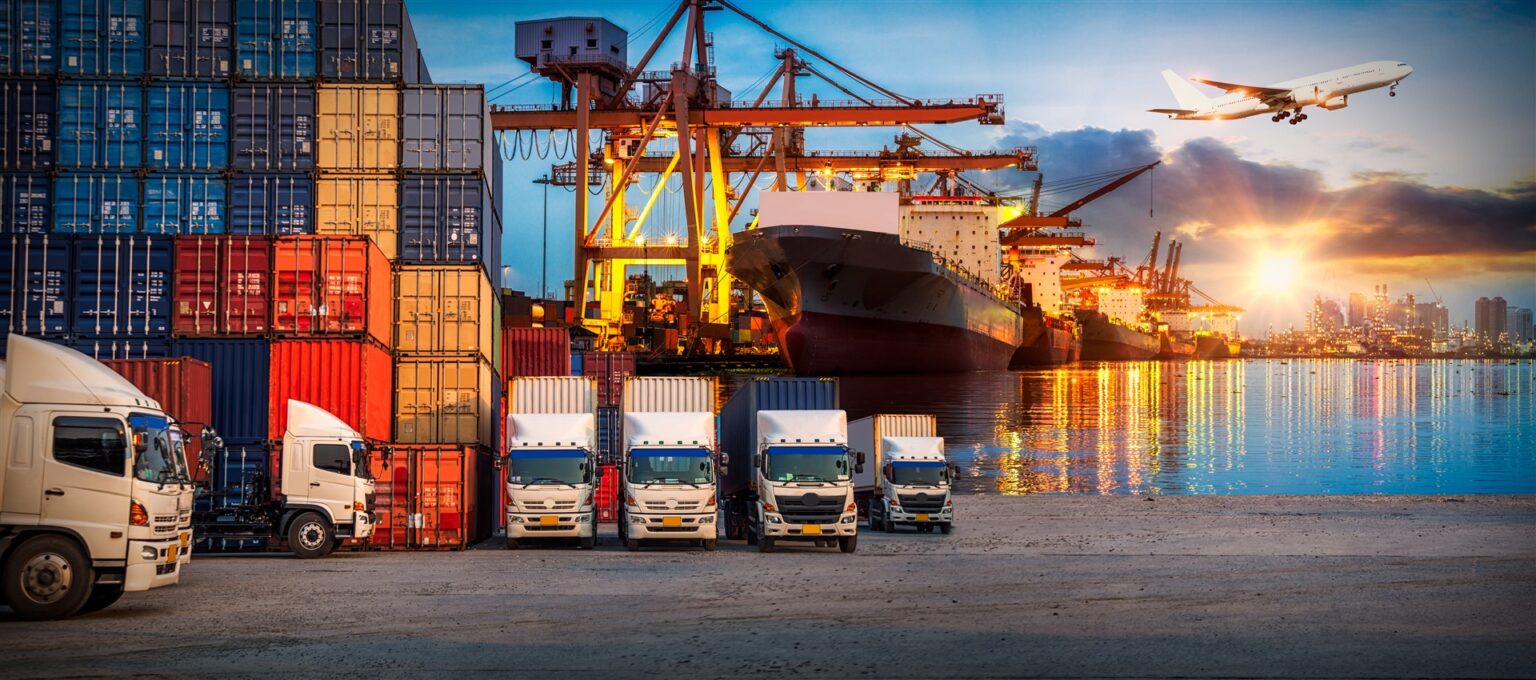Robotic Process Automation (RPA) is transforming industries worldwide, and the transportation and logistics sector is no exception. RPA refers to the use of software robots to automate repetitive, rule-based tasks that were traditionally handled by humans. For transportation companies, these tasks include order processing, billing, customer service, inventory management, and much more. The industry, driven by the constant demand for efficiency and cost reduction, stands to gain significantly from adopting RPA for Transportation. This article explores how RPA is reshaping transportation, from operational efficiency to enhanced customer experience, and what the future holds for this rapidly evolving field.
1. The Importance of RPA in Transportation and Logistics
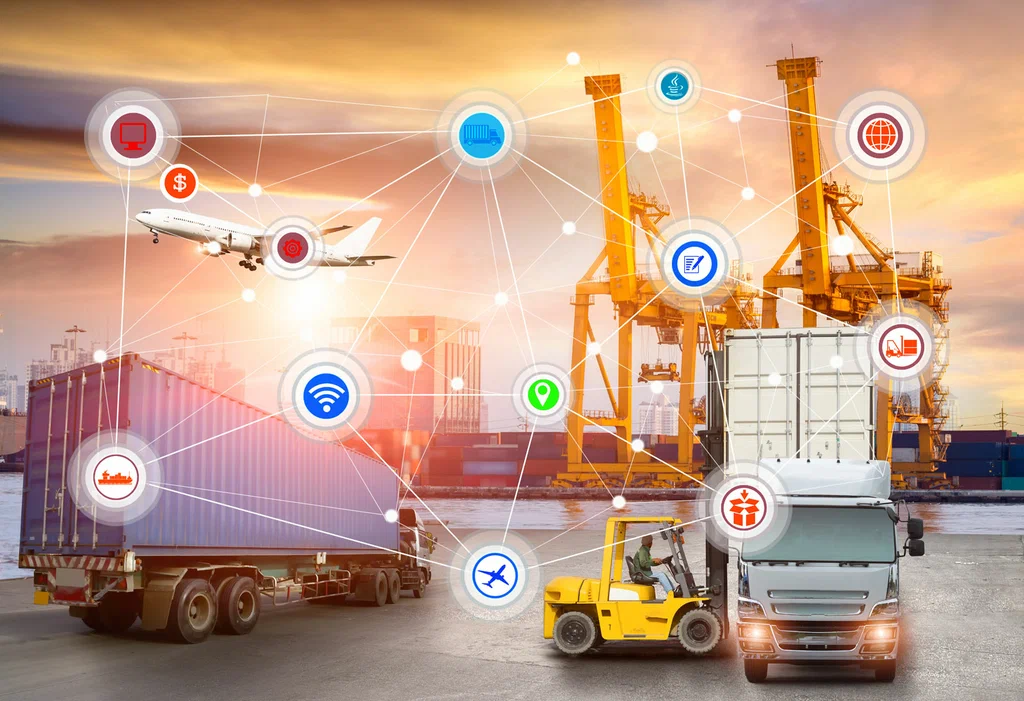
The transportation industry faces unique challenges, including fluctuating fuel prices, environmental regulations, high operational costs, and the constant need for on-time delivery. RPA helps address these challenges by streamlining processes, reducing human error, and enabling real-time data tracking. Given that transportation companies rely on quick, accurate data to make informed decisions, automating repetitive tasks can save valuable time, resources, and money.
Moreover, the implementation of RPA allows businesses to focus their human resources on high-value tasks, such as strategy and customer relationship management, while automating routine administrative duties. By freeing employees from mundane tasks, transportation companies can enhance productivity, reduce labor costs, and ultimately improve their bottom line.
2. Key Applications of RPA in Transportation
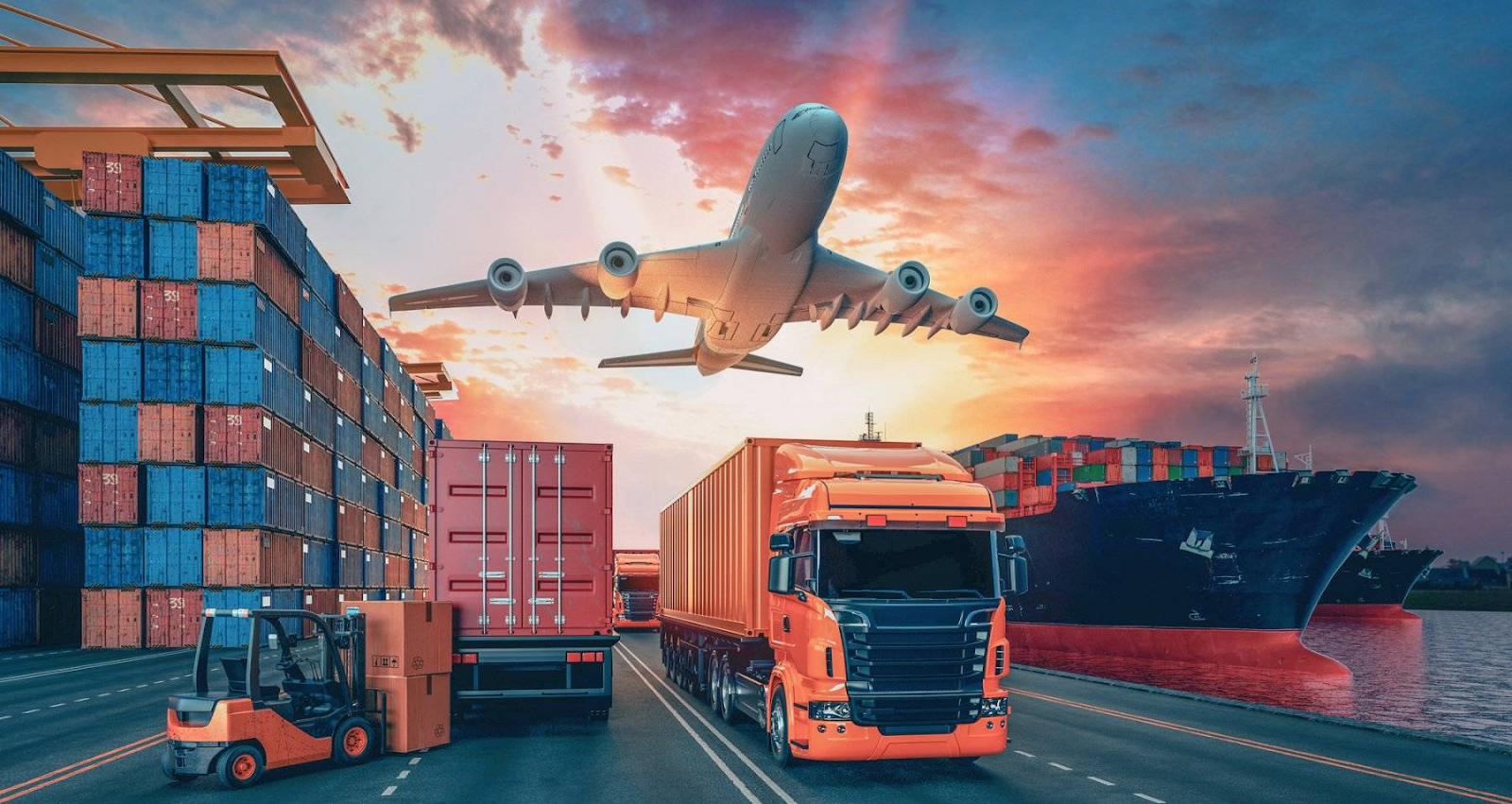
RPA for transportation makes it useful for a wide array of processes in the transportation industry. Here are some of the primary areas where it is already having a major impact:
a. Order and Inventory Management
Managing inventory and processing orders efficiently is essential in transportation. RPA can automate the entire order lifecycle, from receiving customer orders to updating inventory levels and creating shipping labels. Automated bots can check order accuracy, track inventory, and alert stakeholders when stock levels are low. This automation reduces the risk of stockouts and overstock situations, ensuring that the supply chain operates smoothly and that customer demands are met consistently.
b. Billing and Invoicing
Billing and invoicing can be time-consuming and error-prone if handled manually. RPA can streamline this process by automatically generating and sending invoices based on predetermined rules, verifying payment terms, and reconciling data from multiple sources. Additionally, RPA bots can flag discrepancies, reducing the risk of financial errors. Automating billing improves accuracy and ensures that transportation companies get paid on time, enhancing cash flow and financial stability.
c. Shipment Tracking and Notifications
One of the most critical elements of customer service in transportation is providing timely updates on shipment status. RPA bots can retrieve shipment data from various systems, process the information, and send automated updates to customers at different stages of the shipment process. This automation improves transparency and keeps customers informed without the need for manual intervention. RPA can also notify customers or internal stakeholders about delays, customs issues, or other disruptions, allowing for swift action to minimize delays.
d. Data Entry and Data Management
Transportation companies handle large volumes of data, from customer details to inventory records and financial transactions. RPA simplifies data entry by accurately entering and transferring data across systems, ensuring that information is consistent and up-to-date. For instance, RPA bots can automatically capture data from electronic documents, such as invoices and shipping forms, and populate this data into relevant databases, reducing manual data entry errors.
e. Customer Service and Support
Customer service in transportation often involves answering routine inquiries about delivery status, order processing, and account details. RPA bots can handle these queries, responding to frequently asked questions or retrieving information quickly to support human agents. Chatbots, powered by RPA, can provide instant responses to common queries, improving the customer experience while allowing human agents to focus on complex customer interactions.
3. Benefits of Implementing RPA in Transportation
Adopting RPA in the transportation sector offers numerous benefits, transforming traditional workflows and enhancing overall efficiency. Here are the main advantages:
a. Increased Operational Efficiency
RPA enables faster, more efficient processes by reducing the need for manual intervention. With bots handling repetitive tasks, transportation companies can process orders, manage inventory, and complete administrative tasks much faster, ensuring that operations run smoothly even during peak demand periods.
b. Cost Savings
By automating routine tasks, companies can reduce labor costs and avoid the expense of hiring additional staff for administrative functions. RPA also reduces the risk of costly human errors, such as incorrect data entry or billing mistakes, which can lead to financial losses. In addition, optimized processes reduce fuel usage, transportation times, and other operational costs.
c. Enhanced Accuracy and Compliance
RPA bots work with high precision, ensuring that tasks are completed correctly every time. This accuracy is particularly important in fields like billing, invoicing, and regulatory reporting, where errors can result in legal complications or financial penalties. RPA can also ensure that transportation companies remain compliant with industry standards and regulations by automating the documentation and reporting required.
d. Scalability
One of the biggest advantages of RPA is its scalability. RPA systems can easily be expanded to handle increased volumes of work during peak seasons or periods of growth without the need for additional staffing. This flexibility allows transportation companies to scale their operations efficiently to meet changing demands.
e. Improved Customer Satisfaction
With RPA handling routine tasks, customers receive quicker responses to their inquiries, real-time updates on shipments, and accurate billing. These improvements lead to a more seamless customer experience and can increase customer loyalty. In today’s competitive market, providing excellent service is key to standing out, and RPA helps companies achieve that by enhancing responsiveness and reliability.
4. Case Studies: RPA in Action in Transportation
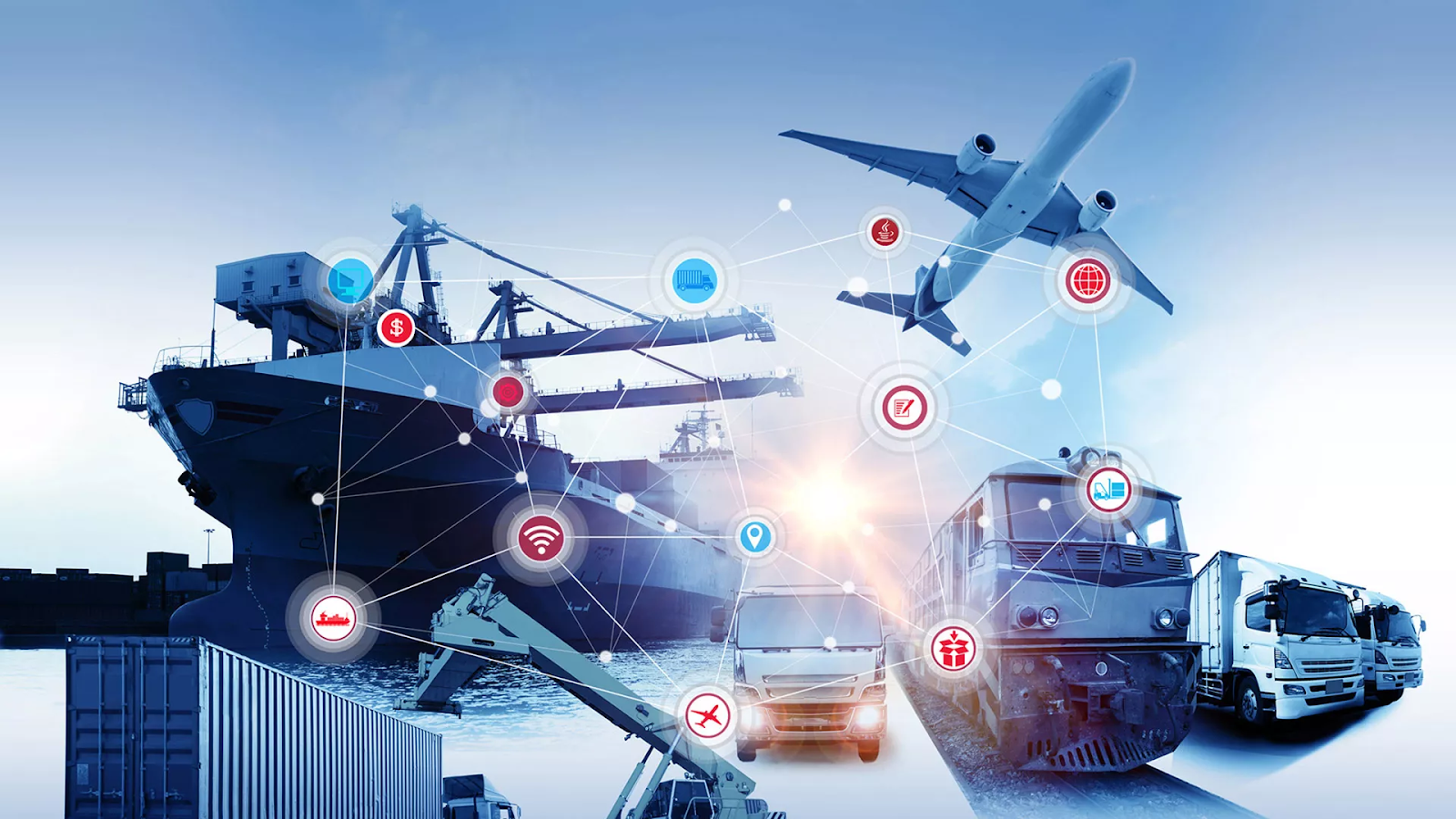
Several companies have already adopted RPA for transportation their operations and improve efficiency. Here are a few examples:
- UPS: United Parcel Service (UPS) implemented RPA to streamline its package tracking process. With the help of RPA, UPS can now provide customers with real-time updates on the status of their shipments, enhancing customer satisfaction. The automation also reduces the time employees spend on updating and monitoring tracking information, allowing them to focus on other areas of service.
- DHL: DHL uses RPA to manage billing and invoicing, a critical function for an international logistics provider handling millions of transactions annually. Automating billing allows DHL to improve accuracy and reduce processing times, ensuring timely payments and financial stability.
- Maersk: The global shipping giant Maersk implemented RPA to enhance its procurement process. By automating routine procurement tasks, Maersk has been able to save costs and increase process efficiency, ensuring that supplies and resources are delivered on time and within budget.
5. Future of RPA in Transportation: What’s Next?
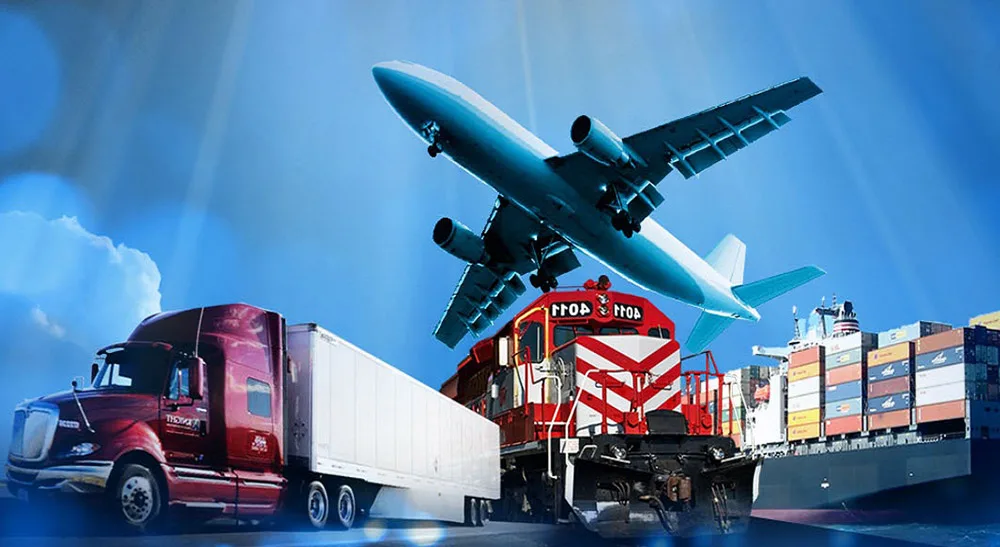
The future of RPA in transportation looks promising, especially with advancements in artificial intelligence (AI) and machine learning (ML). By integrating AI with RPA, transportation companies can achieve even more sophisticated levels of automation, allowing bots to perform complex tasks that require a degree of decision-making and problem-solving. For example:
- Predictive Analytics: With AI-powered RPA, transportation companies could use data to predict future demand, optimize routes, and make data-driven decisions to avoid delays or manage inventory efficiently.
- Enhanced Customer Interactions: Advanced RPA could be combined with natural language processing to improve chatbots, enabling them to handle more nuanced customer inquiries and provide a more human-like experience.
- Intelligent Process Automation (IPA): Combining RPA with AI and ML will allow bots to learn and improve over time, making processes even more efficient and minimizing the need for human intervention.
Conclusion
RPA for transportation and logistics industry, offering solutions to streamline operations, reduce costs, and enhance customer experience. By automating routine tasks such as billing, shipment tracking, data entry, and customer service, RPA allows transportation companies to focus on higher-value activities and strategic growth. As AI and machine learning continue to evolve, the capabilities of RPA will expand, potentially transforming transportation into a highly automated, data-driven industry.
In the years to come, companies that invest in RPA will not only see immediate improvements in efficiency but also lay the groundwork for future advancements, staying ahead of the competition in an increasingly complex and digital global marketplace.


